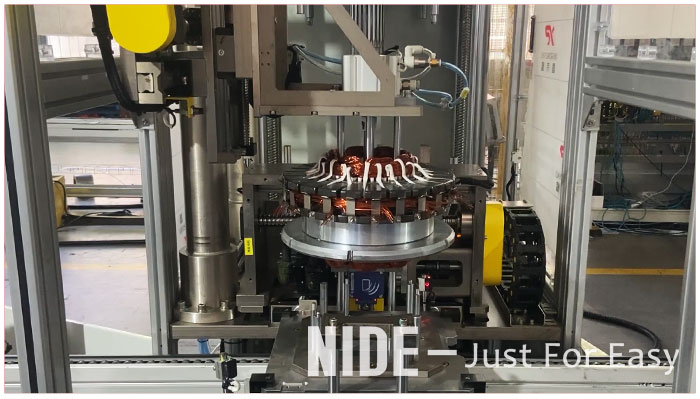Industry News
Electric Vehicle (EV) Motor Manufacturing Process
Electric vehicle (EV) motor manufacturing involves the production of electric motors used to power EVs. These motors are typically more efficient than traditional internal combustion engines. EV motor manufacturing requires specialized equipment, including winding machines, stator assembly machines,
Electric Vehicle (EV) Motor Manufacturing Process
As the demand for EVs continues to grow, the market for EV motor manufacturing is expected to expand as well. Major automakers and suppliers are investing heavily in EV motor production to meet this demand.
Electric vehicle (EV) motor manufacturing involves the production of electric motors used to power EVs. These motors are typically more efficient than traditional internal combustion engines. EV motor manufacturing requires specialized equipment, including winding machines, stator assembly machines, rotor assembly machines, and testing equipment. The process also requires skilled technicians and engineers who are knowledgeable in motor design and manufacturing.

The manufacturing process for EV motors typically involves several steps, including:
Winding: The copper wire used to create the motor's coils is wound onto a series of bobbins.
Stator assembly: The stator is the stationary part of the motor that contains the coils. The stator assembly involves attaching the coils to the stator core.
Rotor assembly: The rotor is the rotating part of the motor that interacts with the stator to produce motion. The rotor assembly involves attaching the magnets to the rotor core.
Motor assembly: The stator and rotor are assembled together, and the motor is tested to ensure it meets performance standards.
Final assembly: The completed motor is integrated into the EV's powertrain.

NIDE Group provides professional automotive motor manufacturing lines and a complete set of motor manufacturing solutions for our electric vehicle manufacturers to help customers improve their market competitiveness.













